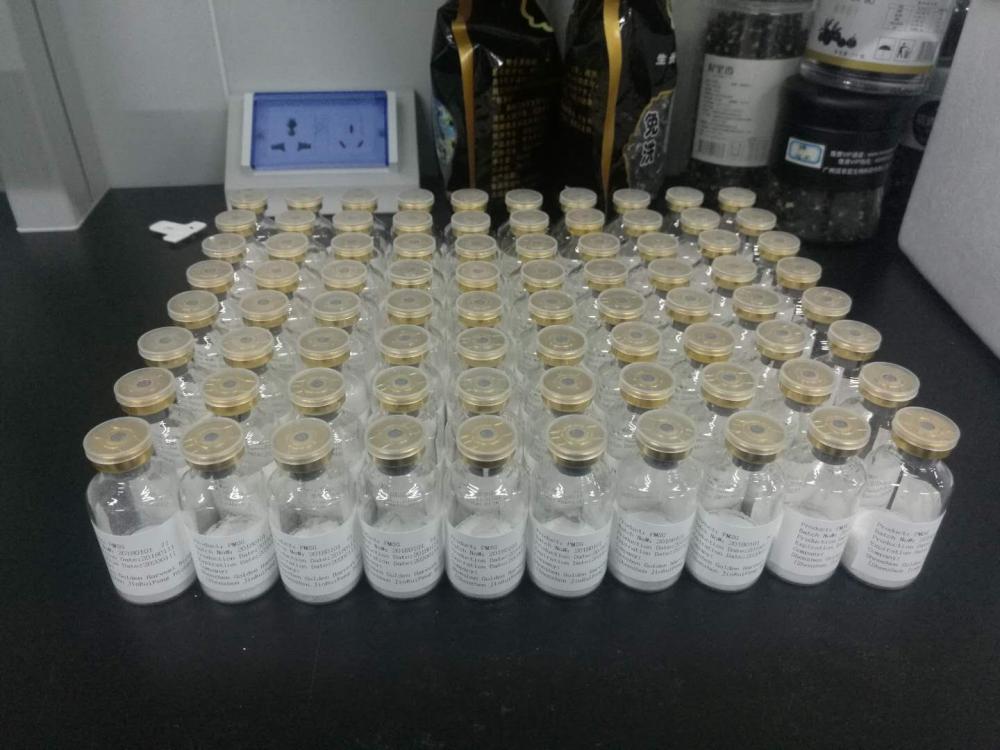The cultivation of thin-leaved melons in plastic greenhouses can be marketed one month earlier. The yield per mu can reach 3,500 kg, and the social and economic benefits are very significant. The main cultivation techniques are introduced as follows:
First, choose early maturing varieties
The melons are happy and warm, and in order to achieve early maturation and high yield, early maturing, high-yield, disease-resistant, low-temperature-resistant, and low-light-resistant varieties must be selected, such as the early maturing varieties such as sapphire and Hongcheng No.5.
Second, nurture strong seedlings
1. Nutrition soil preparation. Nursery should be carried out in a high-drying, well-lit sunlight greenhouse. The disease-free vegetable garden soil that had not been used to grow melons before was used as a nutrient soil.
The nutrient soil used is calculated by volume and is preferably prepared from 2 sieved fine soils plus 1 sieved and decomposed horse dung, and 1 kg of superphosphate or 0.5 kg of ternary compound fertilizer is added to each cubic meter of nutrient soil. , manure, fertilizer mixed evenly. After filling soil with a nutrition bag with a diameter of 8 cm and a height of 10 cm, it is neatly and tightly placed in the seedbed.
2. Seed treatment. Soak the seed with warm water of 55°C to 60°C for 15 minutes to kill the germs on the seed surface. The seeds were soaked in water at room temperature (20°C) for 2 to 3 hours, and the surface of the seeds was wiped off with a dry towel. The soaked seed is wrapped in a wet towel, and the plastic bag is wrapped and placed in a constant temperature of 28° C. to 30° C. After 20 hours, budding is possible.
3, seedbed management. Seedling temperature maintained above 25°C during the day before emergence and 15°C~18°C during the night. Immediately after emergence, the film was peeled off, and the temperature of the seedbed was appropriately lowered. The temperature was kept between 22° C. and 25° C. during the day and 12° C.-15° C. during the night in order to promote root growth of the muskmelon and prevent the formation of “high-legged seedlingsâ€. After the two leaves of the melon seedlings are flattened, the first true leaf can be appropriately increased in temperature when it appears. 7 to 10 days before planting began to reduce air temperature, low-temperature hardening seedlings to cultivate strong seedlings. When the melon seedlings grow to 3 to 4 true leaves, the main vine growth point is removed and two strong vine vines are selected.
Third, timely colonization
The cultivation of sweet potatoes in greenhouses has a high density and requires more fertilizer. In general, more than 5,000 kilograms of farmyard manure is applied per acre, combined with a deep turn of 40 centimeters, plus 50 kilograms of compound fertilizer and 20 kilograms of potassium sulfate.
Colonization began at the beginning of April, 15 to 20 days before planting, and the soil was tampered with. The ground was raised to raise the ground temperature, and a small arch shed was erected after planting to promote seedling easing. Deep ditch high ridge, ridge width 60 cm, ditch depth 33 cm, perforation by planting 60 cm hole colonization, planting 1860 per acre.
Fourth, field management
1, fertilizer and water management. When planting, the seedlings should be poured with water and the seedlings should not be watered before flowering. Too many water-retaining components make the plants long and cause fruit drop and fruit drop. After fruiting, when the melon grows to the size of the egg, you can chase the fertilizer once, and water it immediately after dressing. Each acre topdressing 20 kg ternary compound fertilizer, 10 ~ 15 kg urea, 10 kg of potassium sulfate or 800 ~ 1000 kg of diluted manure. Watering was stopped 7 to 10 days before harvest to increase the melon sugar content.
2. Pest Control. The diseases of greenhouse melons are mainly seedling damping-off, anthrax, downy mildew and powdery mildew. The use of 0.05% potassium permanganate and 1000-fold prill to irrigate seedbeds can effectively control damping-off. Spraying on seedbeds or plants with Ledomil's wettable powder can control the occurrence and spread of anthrax, downy mildew and powdery mildew. Insect pests mainly include aphids and cabbage caterpillars.
Equine Chorionic Gonadotropin (acronym given as eCG but not to be confused with ECG) is a gonadotropic hormone produced in the chorion of pregnant mares. Previously referred to as pregnant mare's serum gonadotropin (PMSG), the hormone is commonly used in concert with progestogen to induce ovulation in livestock prior to artificial insemination.
We provide PMSG API both in solution and lyophilized powder. There are different assay, such as 100IU, 1000IU, 2500IU,5000IU, 10000IU, etc.

Pregnant Mare Serum Gonadotropin
Pregnant Mare Serum Gonadotropin,Equine Chorionic Gonadotropin,Equine Gonadotropin API,Serum Gonadotropin For Pregnant Mare
Jiangxi Institute of Biological Products Inc. , https://www.jxinstitute.com